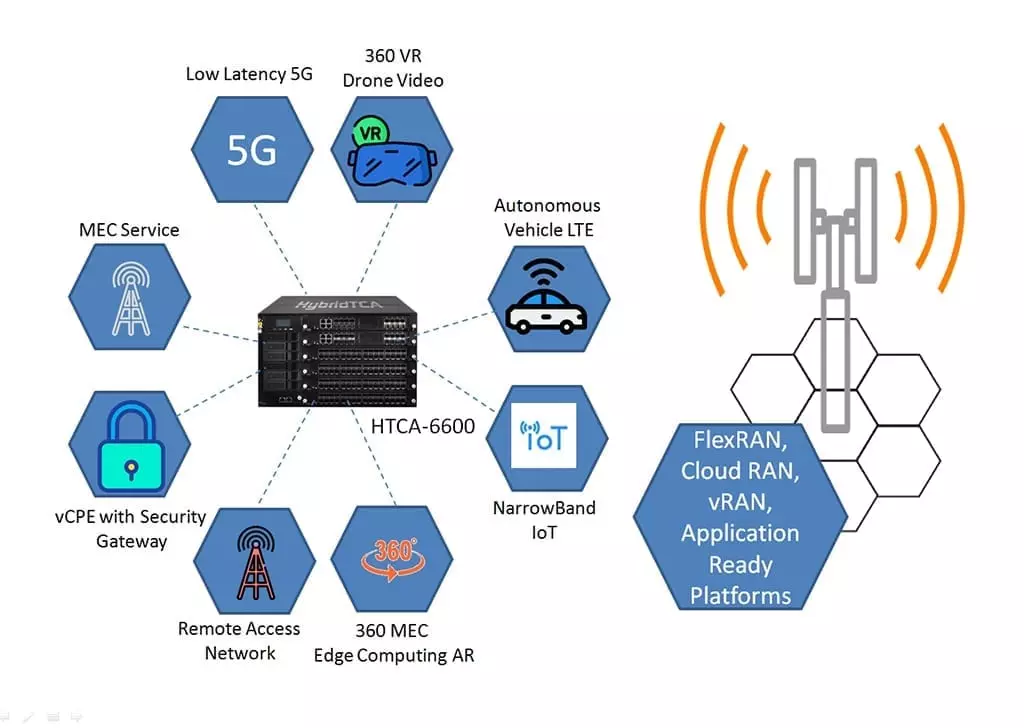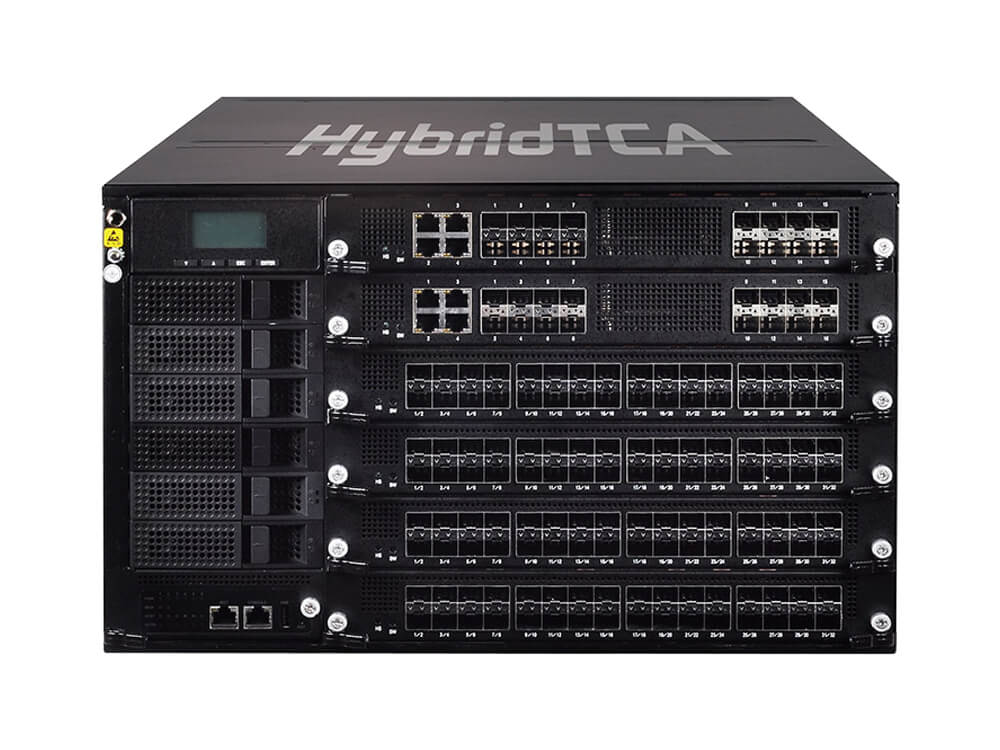
5G RAN Evolution: From Cloud RAN, FlexRAN to virtual RAN
Rising network operation costs from increased high-speed data demand continues to be a business issue for mobile operators at the same time that average revenue per user (ARPU) is flat or declining. In order to meet the demand for high-speed data without losing money, operators are looking for a more cost-effective way to provide data service. Network functions virtualization (NFV) is a fast-growing framework that is facilitating the move of all fixed and radio access networks (RAN) functions from proprietary, stand-alone, vendor-locked appliances to virtualized applications running on high volume servers and switches. This includes real-time, latency-sensitive signal and data processing. In practice, most carriers are concentrating their CAPEX spending on the RAN – specifically on the mobile base station move to support low-latency data processing demands of cloud-based radio access network (RAN) and 5G.
Utilizing COTS x86 Server Appliance to easily deploy
FlexRAN is based on Intel Xeon or FPGA virtualization RAN architecture, to realize MEC (Multi-Access Edge Computing) and network slicing technologies to easily realize scalable flexibility. Fulfill multiple scenario 5G applications like vRAN, MEC, to provide high through and low-latency 5G wireless connectivity.
Advantage of FlexRAN or Cloud RAN
- Lower total cost of ownership
- Break away from vendor lock
- Enables mobile edge computing at the metro and network edge
- Future-proofing RAN investment, 5G-ready platform
- Perfect for in-building and metro deployments

Recommend Hardware
HTCA-6600 is designed in 6U, with six CPU blades and a combination of six Ethernet NI/switch blade slots. With two Intel® Xeon® E5-2600 v3/v4 CPUs and sixteen DDR4 R-DIMM sockets for each blade as stated above, HTCA-6600 comes with six front-cabling, swappable Ethernet NI/switch blades. The top 2 blade slots are reserved for switch or Ethernet NI blades, while the other four slots are solely used for Ethernet NI blades, which delivers thirty-two 10GbE ports. As the higher-end model, HTCA-6600 is designed with switch blade and CPU blade redundancy. In case one of the blades is encountered with failure, the other will take all the work loads.
